Whyalla featured on hit documentary series Australian Story
In September 2018, the ABC’s hit documentary series Australian Story tracked ...
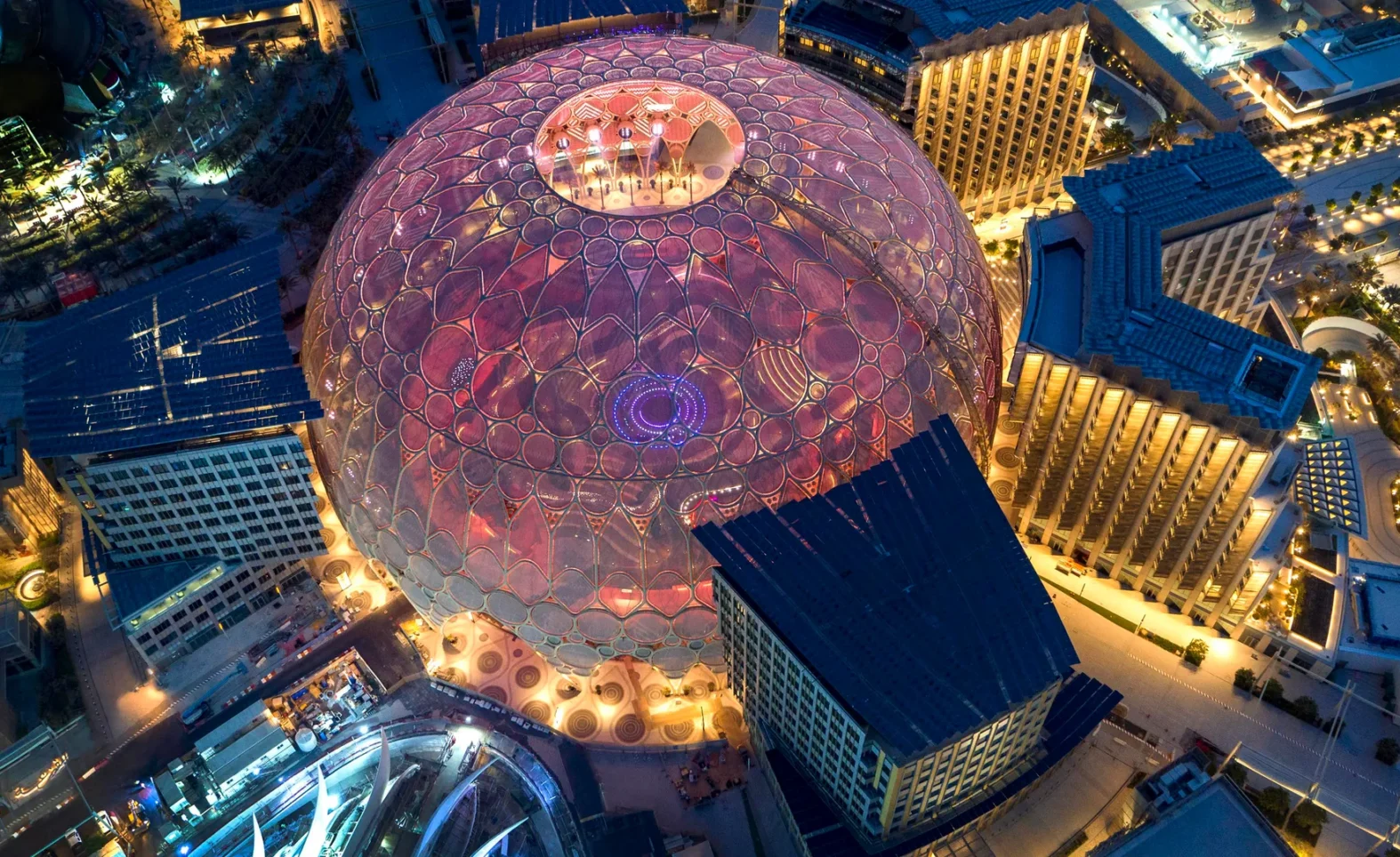
Stefan Håkansson, Chief Clean Energy Officer at GFG, gives SPOKE a first-hand view on the burning issues at COP28, and shares his unique insights into this definitive climate change event.
COP (Conference of the Parties) is a series of United Nations climate change conferences, which have been running since 1995. The goal of these conferences is to review progress made by members of the United Nations Framework Convention on Climate Change (UNFCCC) to limit climate change. This year, COP28 is being hosted in the UAE.

We’ve come a long way since 1999, when I attended COP for the first time and the ‘greenhouse effect’ was still very much the pressing conversation at the time. Now, not only is it more organised – but discussions are more inclusive, dynamic and purpose-driven towards executing a transition to net zero. It considers how businesses can rethink their operating models, on their transformation journey.

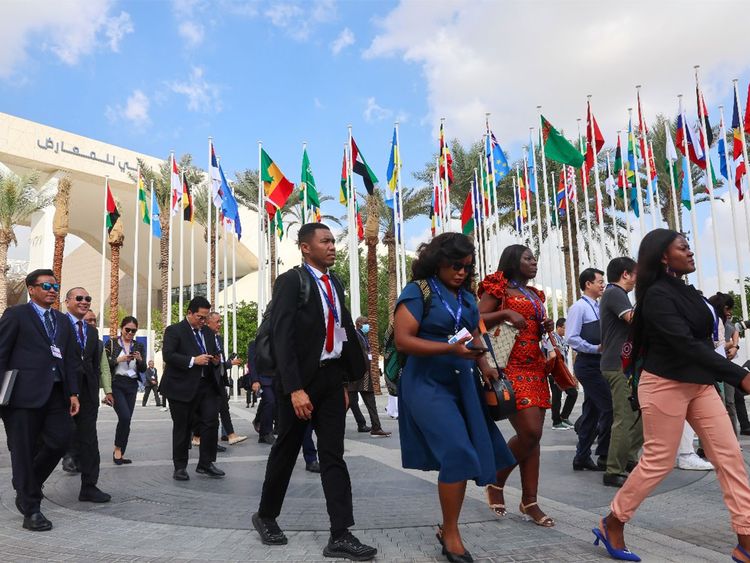
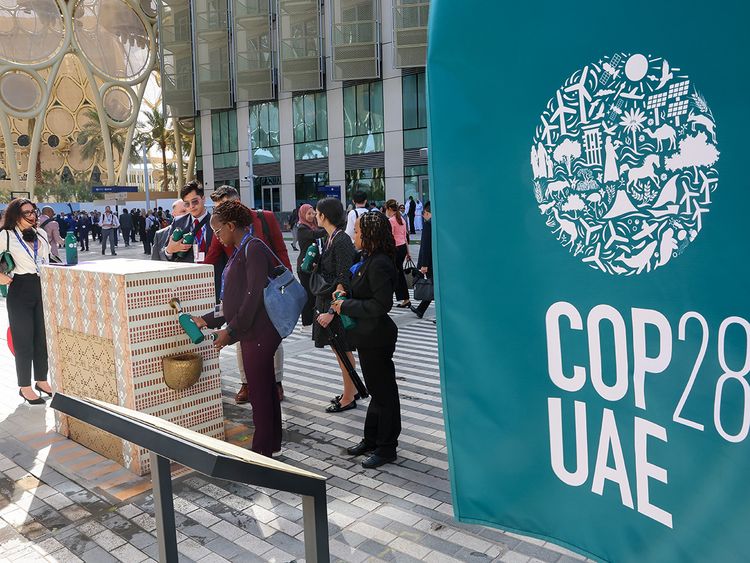
COP is by far the best conference I have attended on sustainability globally, for a range of reasons. It provides a platform to engage with the critical voices, that of government officials and leaders of industry, who are at the heart of driving change. I attended four discussions today, and actively engaged in the Q&A sessions that followed, with meaningful conversations – somewhat unusual for conferences, but a welcome change from other such events I have participated in. It was refreshing to find significant opportunities to connect, enquire and network with other participants from so many countries.

The Blue Zone is the negotiation zone for government officials, the venue for nations to present their sustainability plans and goals. It was a fantastic opportunity to hear directly from the people driving change, in an intimate, engaging environment. My challenge was selecting from such a wide range of great discussion and debates!

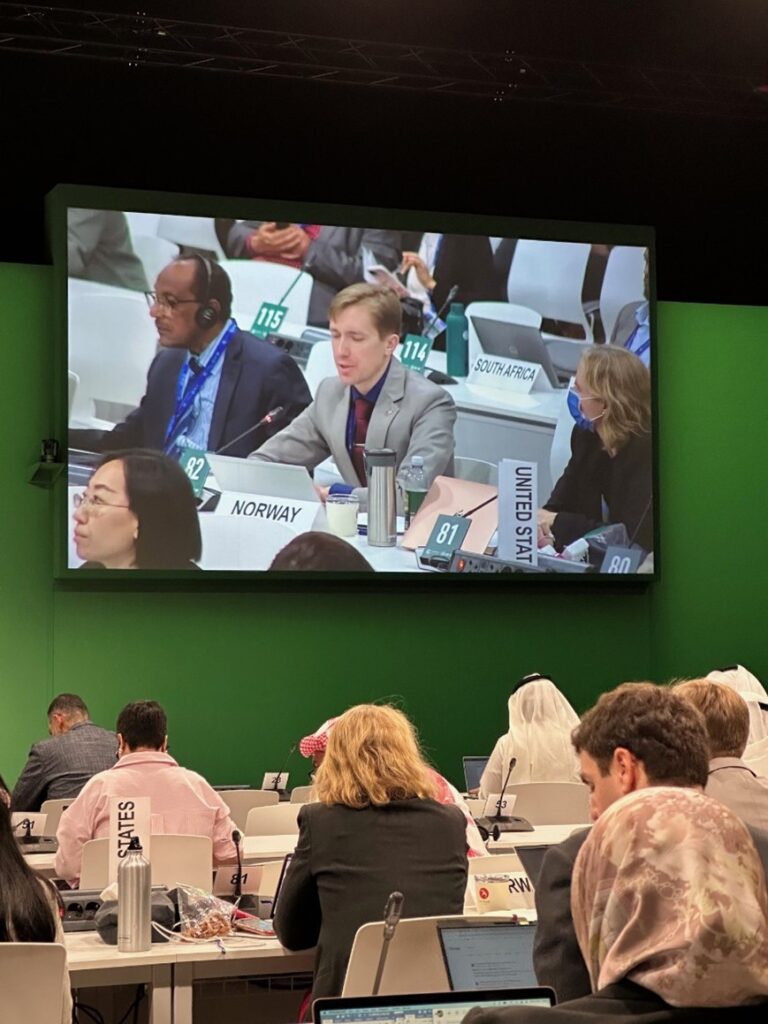
There are also large and medium-size negotiation chambers where the country representatives negotiate how to develop binding targets and frameworks. Some are open to observers, and it was thoroughly fascinating to listen in on negotiations around allowing subsidies for CCS (Carbon Capture and Storage) and how large they need to be for real impact. Norway argued it need to be pushed forward, while several other countries like the US debated that we need to wait for more data and suggested further analysis.
CCS can be quite sensitive to discuss; it evokes a lot of emotions as many NGOs and some politicians fear that it will be an excuse to continue using fossil fuels. On the other hand, can we afford to not use all available tools to reduce emissions? Outside the negotiation chamber was a small group of NGOs demonstrating against coal and oil production.

Circularity was another hot topic of discussion. This is when materials never become waste and nature is regenerated, which can be applied to energy too. I attended a session on circularity, supply chain, and financing the energy transition. It was exciting to learn that there are already many examples of new business models already in practice. For steel, it is obvious that new plants should be erected where there are good conditions for new electricity generation. Like Australia or in the UAE, where there are great conditions for sun and in some places, wind.
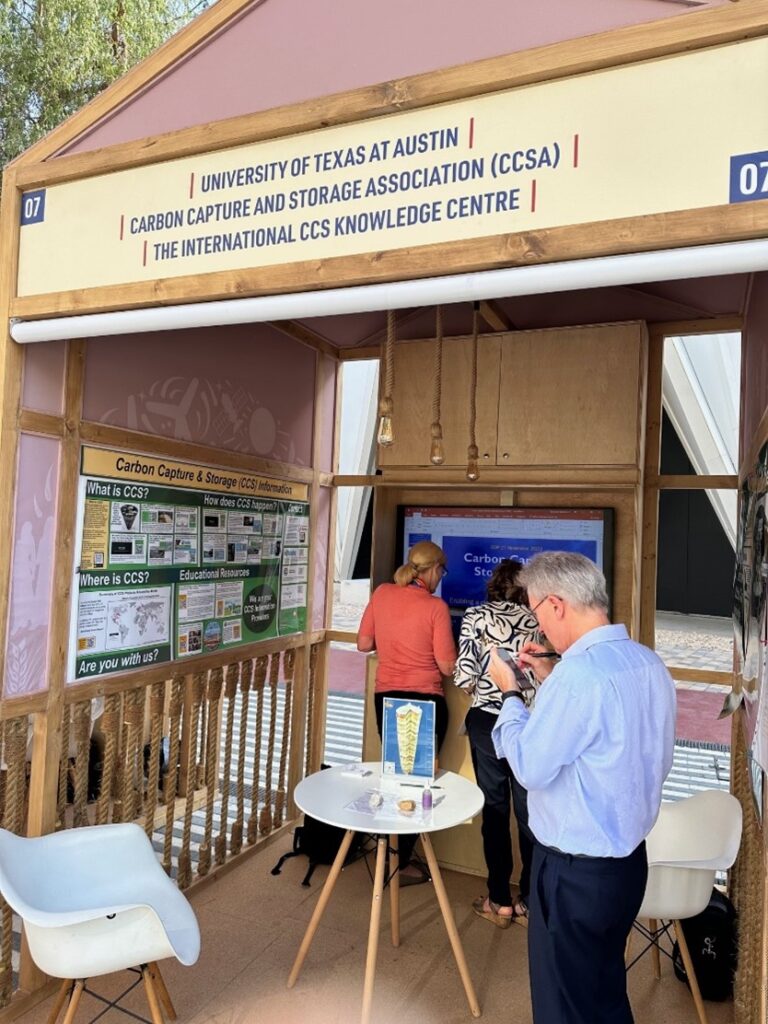

On top of this exciting day, I managed to have separate meetings with many companies, and also with universities that are looking for cooperations with the industrial sector.
Stay tuned for more on COP28!
A great story that is really moving forward.